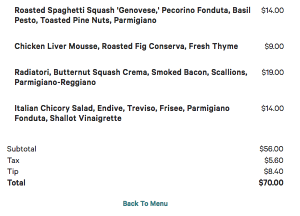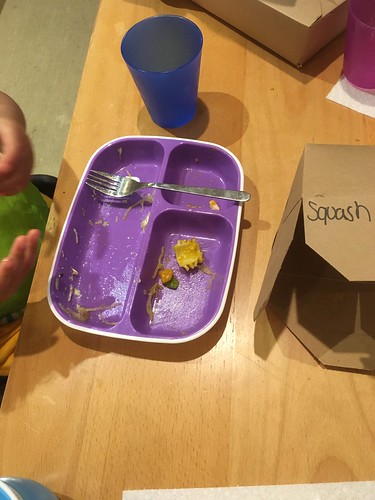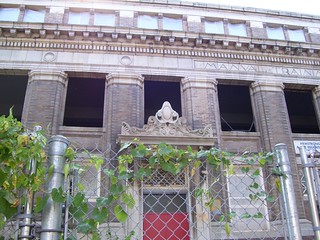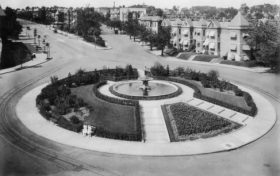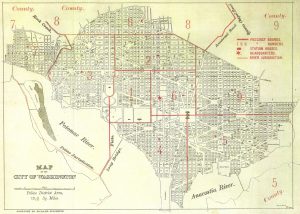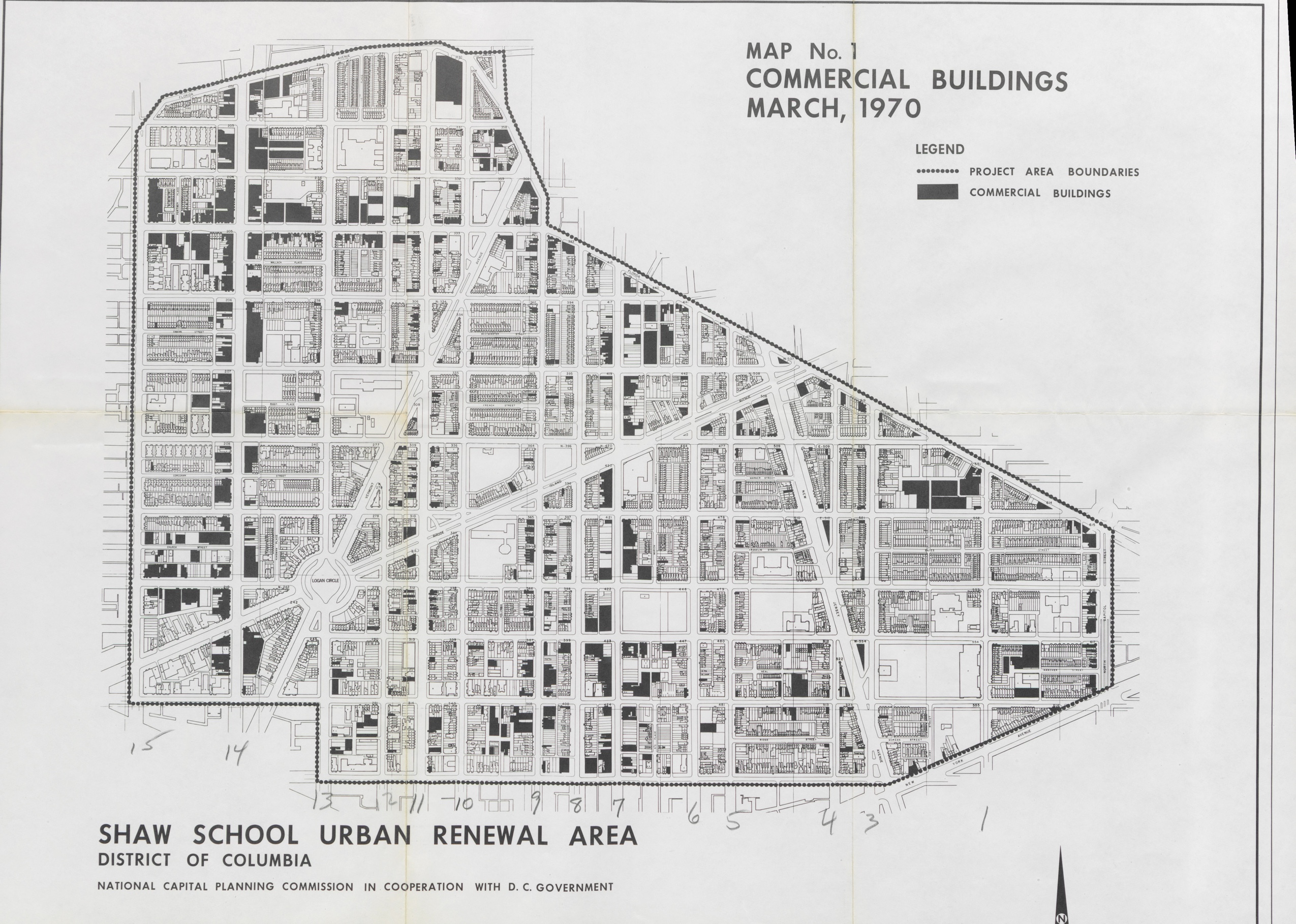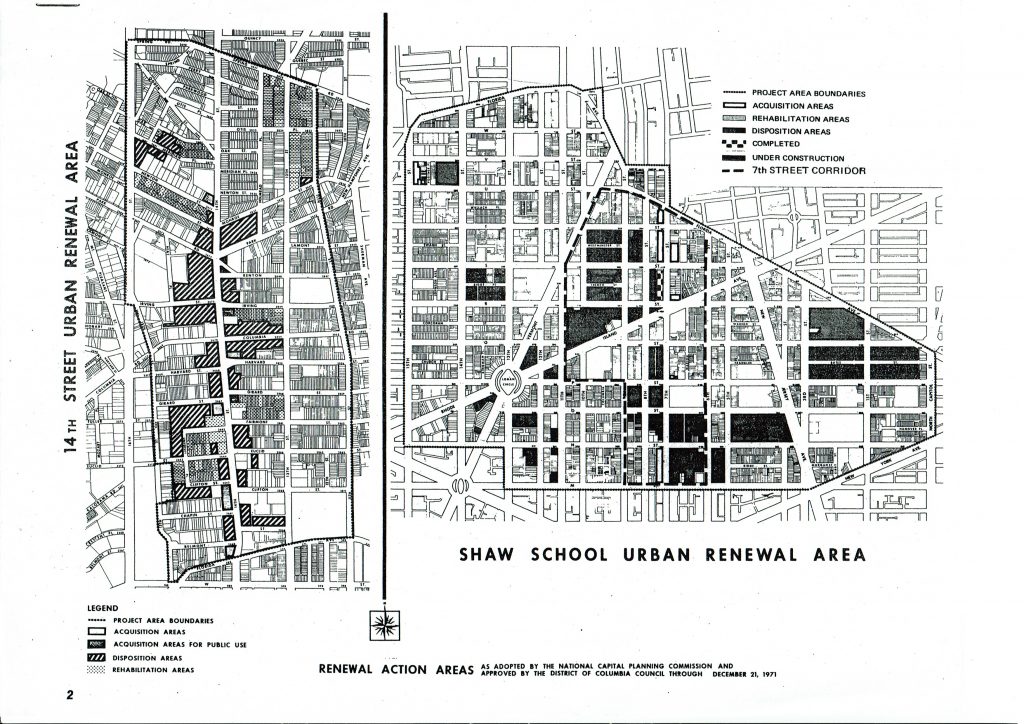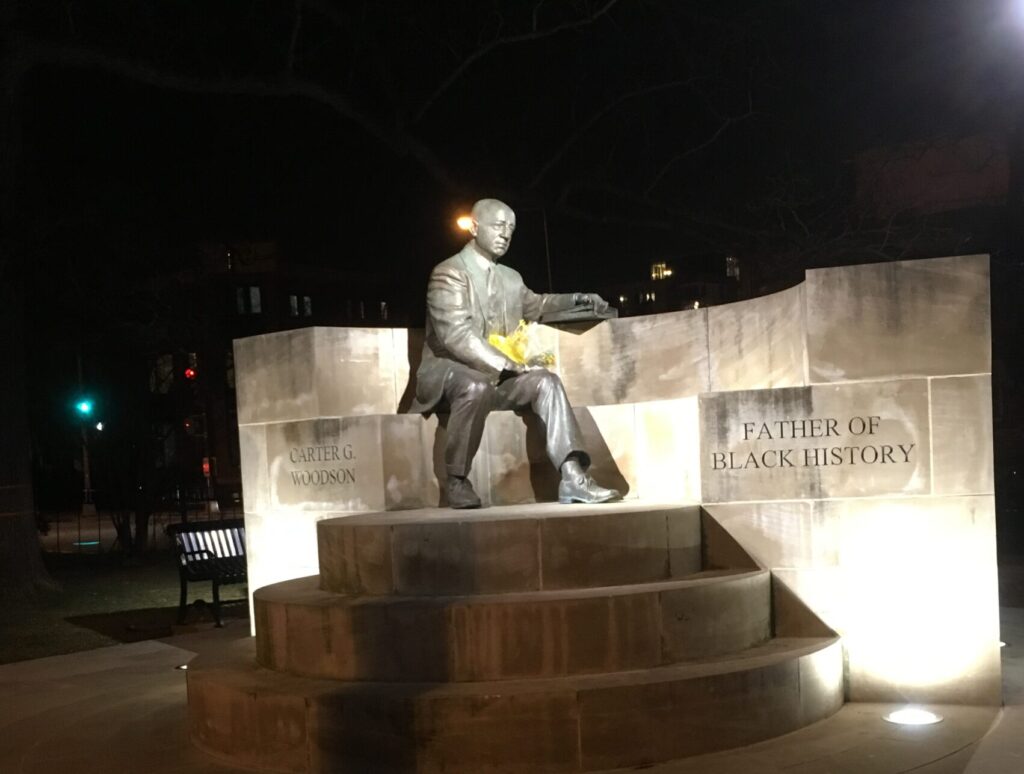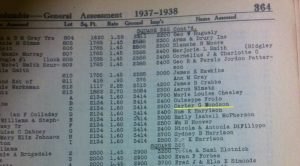First off, we’d pretty much given up on caring that much. The daycare that Destructo is one of those few child development centers that offers free Pre-K 3 and 4. I was angling for something a bit fancier but due to Destructo’s not being fully potty trained, put a monkeywrench in the ranking order. So maybe next year. Also we’re eying an exodus from this lovely city for career reasons in the near future, so there’s that too.
Anyway, here is what we got in the email today.
 Yes, I knew we had a snowball’s chance in the hottest part of Hell of getting into Mundo Verde. If we got in or if his waitlist number (not shown) wasn’t 3 digits, I’d be fast tracking that potty training. For reasons, too gross to put here, I believe he has more control over his body than he’s letting on. Same thing for Yu Ying, which is also a three digit waitlist number.
Yes, I knew we had a snowball’s chance in the hottest part of Hell of getting into Mundo Verde. If we got in or if his waitlist number (not shown) wasn’t 3 digits, I’d be fast tracking that potty training. For reasons, too gross to put here, I believe he has more control over his body than he’s letting on. Same thing for Yu Ying, which is also a three digit waitlist number.
If I could have found something about proximity as a preference for Cleveland Elementary, I would have. Cleveland is closer to our home than our in-boundary school Seaton. But I didn’t see anything about proximity, so apparently that wasn’t a factor…. maybe. Our waitlist number for both Cleveland slots is thirty-something.
I love the fact that DC has school choice. I didn’t have to choose a school based on an address. When I bought my house, almost 20 years ago, I was a single childless woman, so what school boundary I was in was immaterial. Looking at where we’d move to in the land of Maryland drivers, yeah, elementary school boundaries are a concern. It also helps that Seaton is our in-boundary school, which isn’t that bad, and there are a couple of good charters in walking distance.
Looking at our top 5 which actually is a top 4, you can guess what we found important. Language. What do Cleveland Elementary (DCPS), Yu Ying PCS, and Mundo Verde PCS have in common? Dual language programs. Destructo is getting a bit of that at his daycare, ad hoc, but I don’t think Tagalog is a language he can take with him past Pre-K 4.
I appreciate an article written in the Post profiling 8 families and what went into their lottery choices. I get that people want to have families choose in-boundary or neighborhood schools over charters and out of boundary DCPS schools. But the reality is some schools suck. And I have a good memory of what DC schools were like in the 1990s and early 00s, and schools have improved, but they aren’t equal to all students. We and other parents, make decisions based on what we think is best for our family or our individual kids. We only have one, but I know kids, even in the same family are different. And the school that worked for kid #1 may not work for kid #2. Same for the neighborhood school that may work for kids 1-11, but not kid #12, #32, #57 or #71- 102. And programs take time to develop and by the time it’s ready for the kids it was promised to, those individual kids have moved on.
Anyway, I hope your waitlist number was low, or you got into the school of your choice, and may the odds be ever in your favor.

